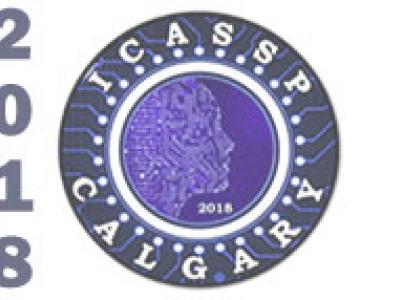Documents
Poster
Ear-EEG for Detecting Inter-brain Synchronisation in Continuous Cooperative Multi-person Scenarios

- Citation Author(s):
- Submitted by:
- Danilo Mandic
- Last updated:
- 13 April 2018 - 9:40am
- Document Type:
- Poster
- Document Year:
- 2018
- Event:
- Presenters:
- Prof Danilo Mandic
- Paper Code:
- 1117
- Categories:
- Log in to post comments
The hyperscanning method simultaneously acquires and relates
cerebral data from two participants while performing
cooperative activities. The aim of this work is to evaluate
the performance of our novel EEG recording concept,
termed ear-EEG, against on-scalp EEG as an alternative,
user-friendly data acquisition approach for hyperscanning, in
the task of identifying the most robust, EEG subbands for
inter-individual neuronal synchrony detection in cooperative
multi-player gaming. This is achieved through the estimation
of neuronal synchrony produced by a highly localised
time-frequency data association measure, termed intrinsic
synchrosqueezing coherence (ISC). It is shown that for both
the recording modalities the lower theta band is the most
robust neuronal marker for inter-brain synchronisation during
our own cooperative game called Bar Balancing. This
is because the lower theta band yields: (i) highest correlation
in neuronal synchrony between the modalities; and
(ii) enhanced discrimination ability of significant neuronal
synchrony detected in the easy and hard tasks in both the
modalities.

